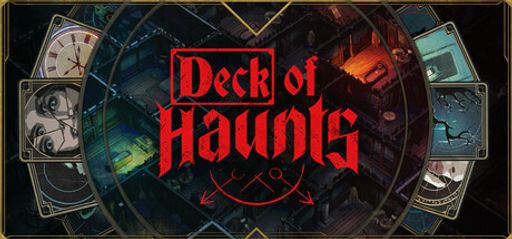I was eager to sink my teeth into Deck of Haunts, and I must say the experience was a mix of enticing ideas and frustrating execution. As a seasoned speedrunner and strategic soul, I delved into the game with high hopes. I appreciate the game’s ambition to blend deck-building mechanics with strategic mansion management. However, its execution falls short in several key areas.
Overall Impressions
At first glance, Deck of Haunts impresses with a clever premise. You assume the role of a haunted house. Your goal is to lure unsuspecting humans, manipulate their fears, and draw power from their essence. This concept is rich with potential. I immediately began pondering advanced strategies and optimization to shave off run times. I wanted this game to reward my analytical approach. Unfortunately, the game’s design does not always meet that expectation.

Gameplay Mechanics
Gameplay mechanics provide the backbone of any deck-building experience, and this title contains both bright spots and significant cracks. The game offers an engaging strategic layer. I enjoyed planning my mansion’s layout and altering human movement with carefully selected cards during each run. The idea of combating hordes of visitors with a combination of power cards and unique room effects intrigued me. Still, I soon noticed recurring issues based on player feedback that dampened my excitement.
Every run begins in a near-identical setup. I was disappointed to find that the game does little to evolve between runs. The initial deck, house layout, and predetermined events do little to keep the experience fresh. I find that in a roguelite, players expect even slight meta-progression. Instead, you end a run with no retained upgrades or persistent progress. This lack of change transforms the novelty of strategy into a monotonous, repetitive challenge. Even though each run provides a chance to experiment, the static starting conditions and predictable tutorials can slow down momentum. Especially when you are racing against the clock for speedrun records.
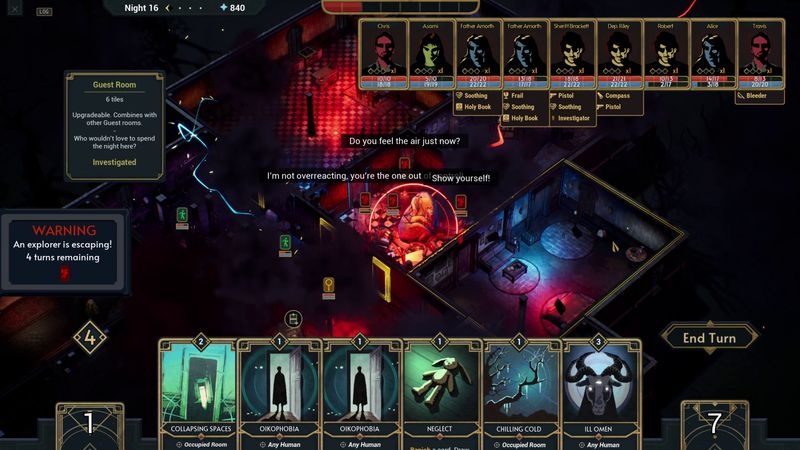
Player Experience
Another striking issue involves balance. In my time playing, I encountered significant disparities in damage types. The physical damage mechanics synergize well with various mansion rooms, making them more strategic and easier to use. In contrast, the sanity damage, heavily reliant on building “Tension,” feels more like a burden than a benefit. Tension dissipates after a single use in most cases, which forces you to rely heavily on brute card power. This imbalance forces strategic decisions into narrow channels. It feels as if the game nudges you to ignore potentially rich mechanics in favor of simpler, more straightforward solutions. This design choice hampers both replayability and speedrunning challenges because it minimizes the importance of fine-tuned strategy.
I also noted frustration with card progression. The game shows promise in its roster of cards and room upgrades. Yet, many upgrades provide only minor boosts, like a single point of damage or a small cost reduction. For a title that bills itself as a strategic roguelite, the reward for taking risks appears underwhelming. I spent many runs tweaking my strategy only to find that upgrading cards offered little in the way of significant progress. This problem is compounded by the repetitive nature of tutorial cards that reappear every run, offering little in the way of challenge or change.
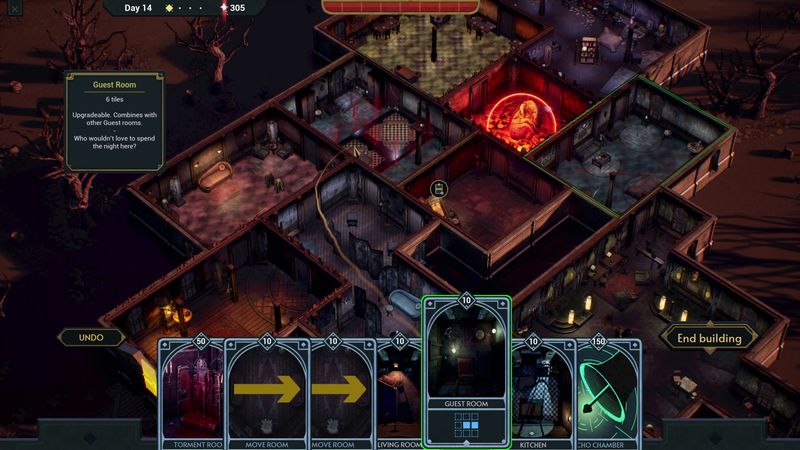
Story and Characters
The narrative world of Deck of Haunts is as difficult to grasp as its progress system. The game lays out a detailed world where your mansion is evolving into a monument of terror. Unfortunately, I felt the story did not evolve along with your growing power. As you expand your haunted domain, you encounter humans with peculiar buffs like “Pathfinder.” This ability can randomly place them dangerously close to your Heart Room. It disrupts careful planning and forces a reliance on luck rather than strategy. This narrative twist was memorable but ultimately undermined the sense of control that every incremental upgrade should provide.
The characters within the game are equally flat. While you play as an anonymous haunted house, the human visitors could be spiced up with more personality and depth. A richer narrative interconnected with their lives would heighten the atmosphere and build a more immersive experience. I believe that incorporating backstory elements or unlocked narrative fragments into the upgrade system could have provided a more engaging layer of context and tension.
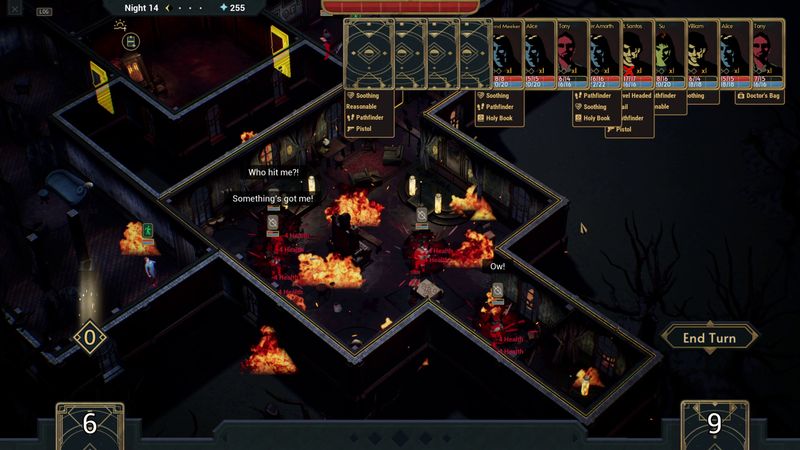
Visuals and Graphics
Visually, Deck of Haunts earns points for atmosphere. The game uses a distinct visual style that exudes eerie charm. The developer, Mantis, has done a commendable job with the graphic presentation. The shadowy corridors and intricately designed mansion rooms create a suitably foreboding environment, which is exactly what you need in a horror-themed strategy game. The artistic vision appears to lean heavily on traditional horror aesthetics, and it succeeds in engaging the player’s imagination. However, even outstanding visuals cannot mask some of the gameplay and balance issues that I encountered.
Sound and Music
The soundtrack and sound effects bring another layer of immersion to Deck of Haunts. I found the ambient music and subtle hints of eerie soundscapes to be an audial delight. Sound cues during moments of tension added to the overall experience. However, the music sometimes swells at predictable moments, leaving little room for dynamic adjustment to the game’s pacing. The voice acting is minimal, which might suit the game’s overall design. Yet, it also misses the opportunity to infuse personality into either the haunted mansion or its human visitors.

Difficulty and Replayability
Regarding difficulty, the game shows it can be both challenging and, at times, overwhelming. It pushes you hard with same difficult encounters and puzzling choices. Despite fantastic intentions, the steep and uneven difficulty spikes create a frustrating play loop. I paused several runs, not due to suspense but because the balancing felt off. Continuous replayability demands a nuanced balance between risk and reward. In Deck of Haunts, the penalties for failure feel harsh, especially when you cannot carry any progress forward to your next attempt.
Didn’t hit the mark
Comparing Deck of Haunts to other titles in the genre, I must say it falls short in many respects. Other deckbuilders or roguelites have learned to incorporate slight progression systems that keep the gameplay experience refreshing. I find the lack of variety and punitive restart mechanism a significant drawback, particularly for players like me who revel in the intricacies of optimizing completion times. The concept of building a haunted mansion of dread is a promising idea. Unfortunately, static gameplay, limited meta-progression, and balance issues hinder it from truly standing out.
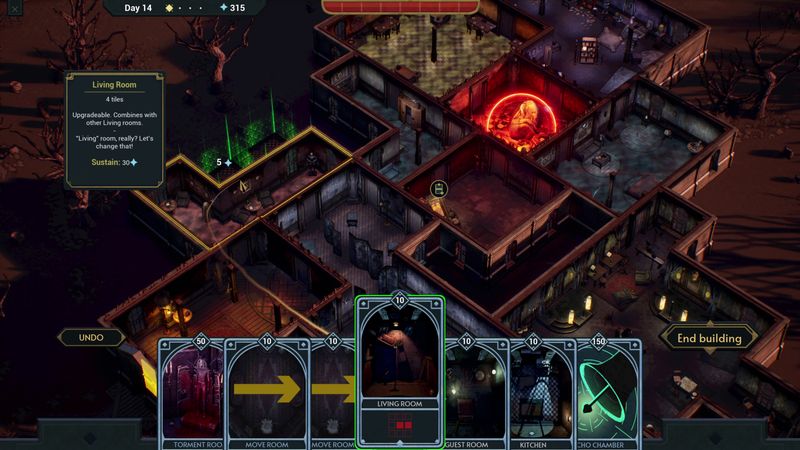
Final Thoughts and Conclusion
It is clear that Mantis and DANGEN Entertainment have created a work in progress. There are hints of potential and glimpses of innovative design. Perhaps future updates, patches, or DLC will address issues of balance, progression, and card variety. I keep an eye on developer updates and community feedback, and I remain hopeful that corrective changes can usher in the full potential of the concept.
Overall, I rate Deck of Haunts 2.5 out of 5 stars. The game succeeds in offering a unique premise and a visually engaging horror experience. Yet, it stumbles due to repetitive gameplay, stagnant progression between runs, and uneven balance across game mechanics. For speedrunners and strategic enthusiasts like myself, the title has intriguing elements. It challenges your planning and quick decision-making, but frequent frustrations reduce its appeal.
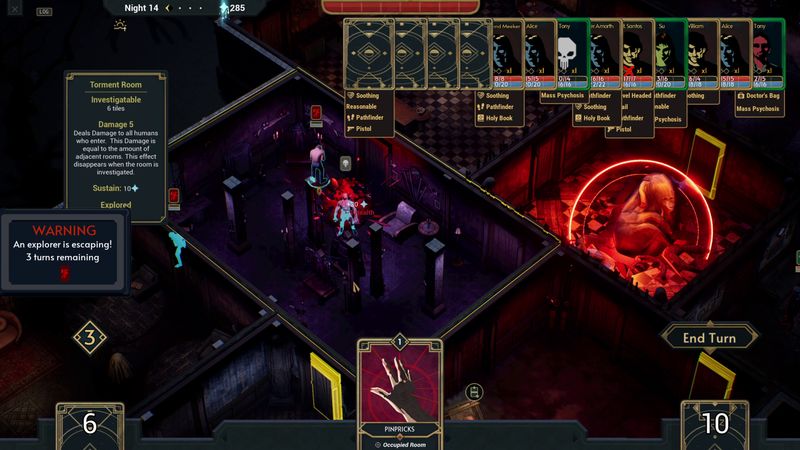
For those willing to experiment and enjoy the thrill of a haunted strategy puzzle, Deck of Haunts offers a tantalizing, if incomplete, experience. I urge the developers to consider community feedback carefully. Minor tweaks could vastly improve the delicate balancing of mechanics and enrich the narrative layers. Until then, Deck of Haunts remains an interesting idea that has yet to fully blossom into a consistently satisfying experience.

